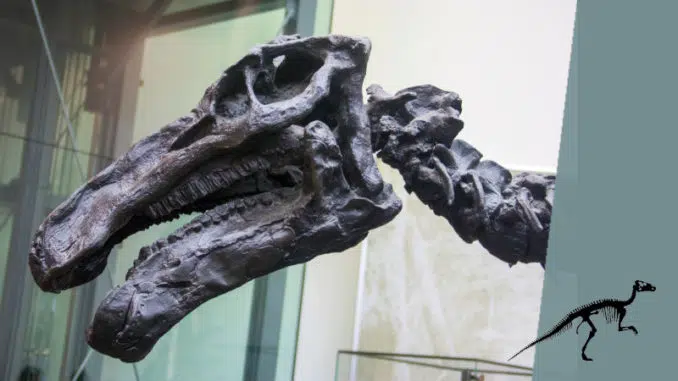
It is at Bernissart, in the province of Hainaut in Belgium, that iguanodon skeletons are discovered in a coal mine in 1878. It is more than 20 complete and 150 million years old skeletons which were discovered in the Sainte-Barbe pit. A major paleontological discovery for the time.
It all starts with a confusion between bones and gold.
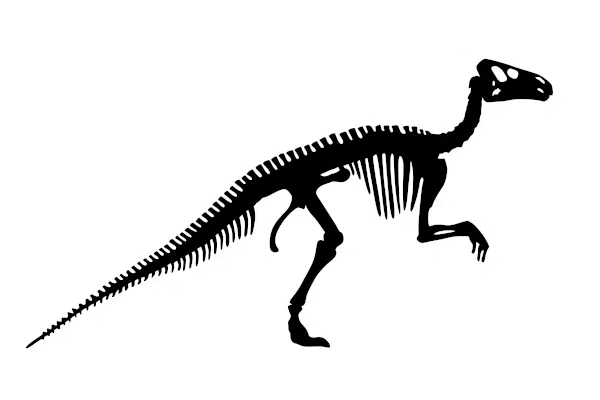
The miners worked at a depth of 320 m and had the mission of digging in a pocket of clay, in order to find the coal seam they were exploiting.
During their work, workers encounter dark and brittle objects. What was their surprise when they saw objects behind them with the same reflections as gold!
The boy brings his find to the village cafe and shows it to the coal mining doctor, who immediately identifies the bones.

Fossil
These are the remains or imprints of living things preserved in sedimentary layers.
Paleontology
It is the science that studies living things that have existed during various geological eras and that is based on the study of fossils.
These findings are sent to Professor Van Beneden, a fossil specialist at the University of Louvain. It is he who identifies these fossils as belonging to those of dinosaurs called iguanodons. It was the first time in the history of paleontology that full and whole skeletons of iguanodons were discovered.
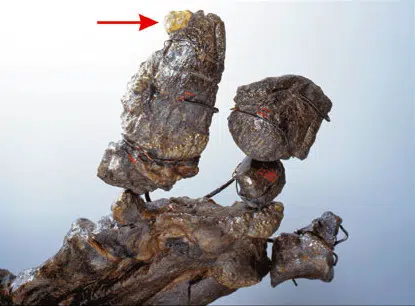
CeROArt
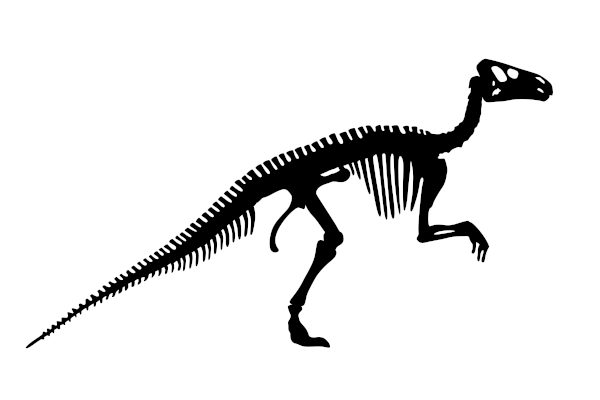
Why did the fossilized bones look like gold?
First, it’s important to understand what fossilization is.
After the animal dies, the organic matter that makes up the bones slowly degrades under the action of bacteria. As a result of this progressive breakdown of bones, acid is released. And this acid will gradually dissolve an important component of bones: apatite. The residues make the crystals harder, but more brittle.
The iron present in the animal’s blood and the sulfur present in the proteins react together and solidify. They are said to rush. The product of this reaction is called pyrite, a mineral known for its golden hues. Deposited in layers or in the cracks of the bones, the pyrite covers the bones to give them golden reflections.
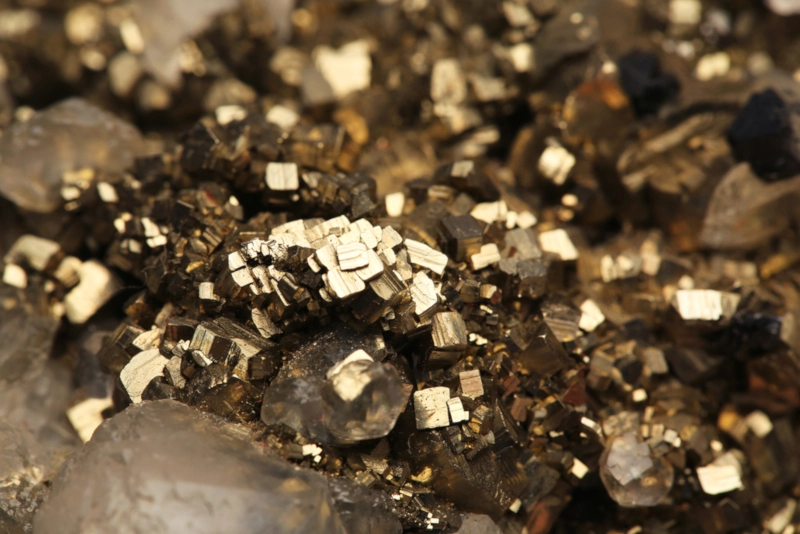
Protect the iguanodon bones by plastering them, a great idea.

Once out of the mine after a short stay of 125 million years, the iguanodon fossils are found in the open air.
The golden layer of pyrite reacts with the oxygen in the air which instantly weakens the skeletons of iguanodons.
To protect the bones, Professor De Pauw, another Belgian specialist, applies a technique that is still used today.
His strategy: plastering the bones. In principle, this consists of covering the visible part of the bone with double wet paper and a layer of plaster of approximately 2 to 4 in. The same principle was applied for each part of the bare bone. What went up from the mining shafts was therefore large blocks of plaster, marked with an alphabetical letter, ready to be shipped to Brussels.
It was in the workshops of the Museum of Natural History in Brussels that the skeletons were reassembled and consolidated. To guarantee their longevity, Professor De Pauw had the bones coated with a gelatin-based on strong glue. It is thanks to this chemistry that the skeletons of iguanodons are still observable today.
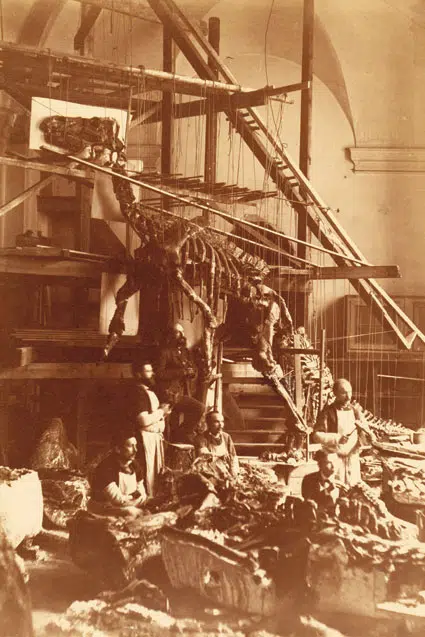
CeROArt
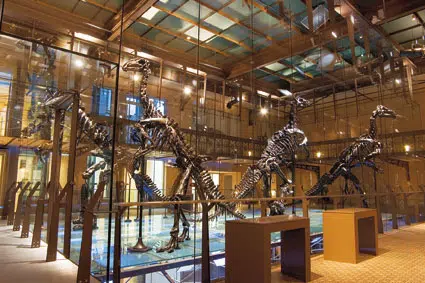
CeROArt

